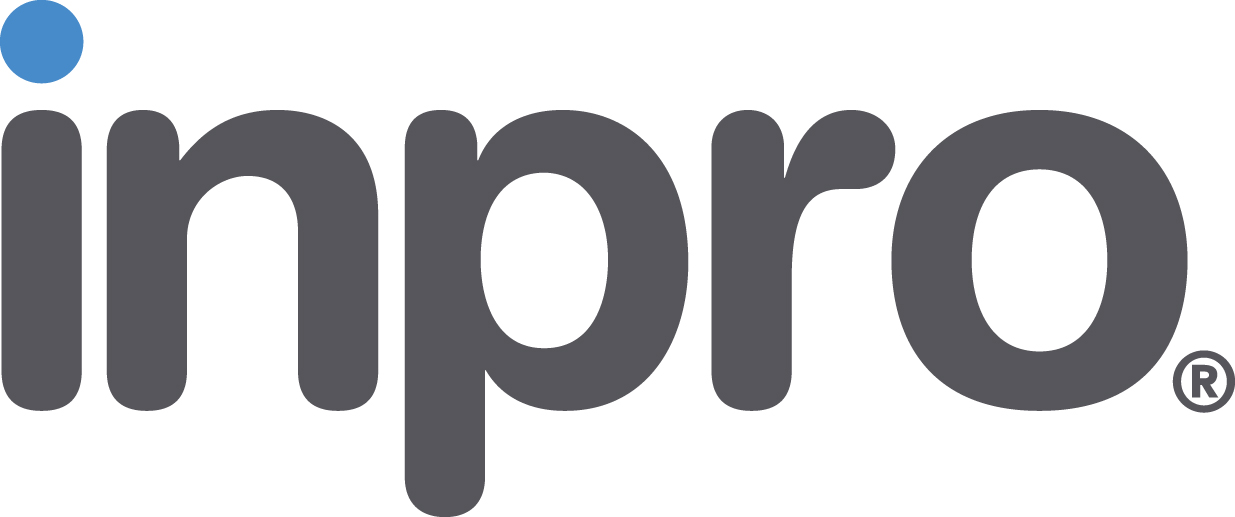ADA Signage
Mastering the compliance basics
Sponsored by Inpro | Presented by Zach Rice
Webinar On-Demand
The ADA lists visual impairments as a disability covered under the Act, and there are specific guidelines pertaining to signage products.
The two categories covered under interior signage are: Wall Mounted, Ceiling Mounted or Projected.
Within the Wall Mounted category, Identification of permanent room signs, Directional signs, and Informational signs are covered. Within the Ceiling or Projected Mounted category, Directional and Information signs are covered.

Illustration courtesy of Inpro Corporation

|
Zach Rice , is the Assistant Product Manager for the Architectural Signage division at Inpro Corporation. Zach has been in the signage industry for nearly a decade helping to solve complex problems and maintaining ADA compliant buildings across the country. He is also a certified as a Six Sigma Green Belt and is an excellent expert and resource to all things sign-related. |
Founded in 1979, Inpro® is a global provider of high-performance, design-forward architectural products for building professionals. Inpro's product categories include door + wall protection, washroom systems, expansion joint systems, cubicle curtain + privacy systems, elevator interiors, architectural signage, and commercial window treatments.
Originally published in Forge
Originally published in November 2022
LEARNING OBJECTIVES
- Obtain a better understanding of the Americans with Disabilities Act (ADA).
- Review ADA guidelines in terms of architectural signage and variances by state.
- Explain the litigation risks to building owners for non-compliance.
- Learn about the 2010 SAD Standards and enforcement process and identify the latest ADA signage material and manufacturing processes.
ADA State Accessibility/Barrier-Free
1 ADA State Accessibility/Barrier-Free










